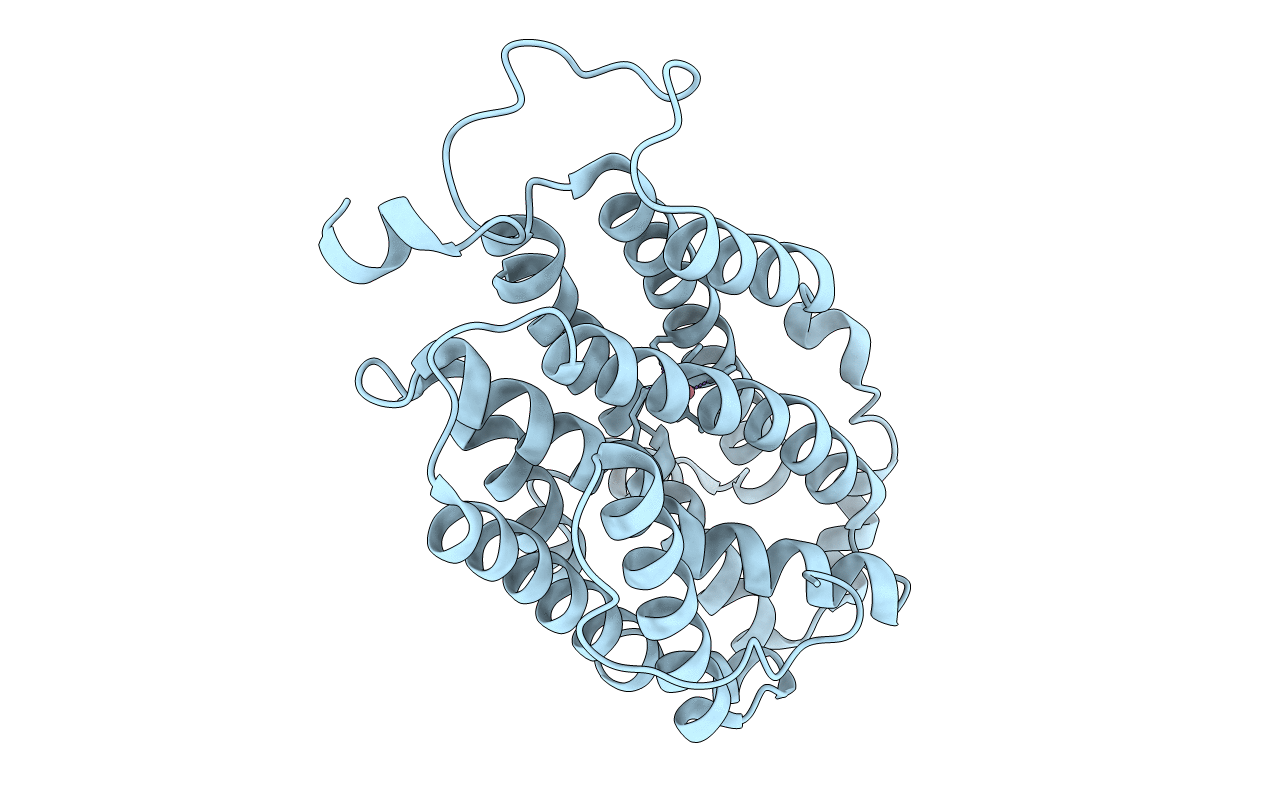
Deposition Date
2002-06-26
Release Date
2002-07-25
Last Version Date
2023-12-13
Entry Detail
PDB ID:
1H0N
Keywords:
Title:
Cobalt substitution of mouse R2 ribonucleotide reductase to model the reactive diferrous state
Biological Source:
Source Organism:
MUS MUSCULUS (Taxon ID: 10090)
Host Organism:
Method Details:
Experimental Method:
Resolution:
2.40 Å
R-Value Free:
0.29
R-Value Work:
0.21
R-Value Observed:
0.21
Space Group:
C 2 2 21


